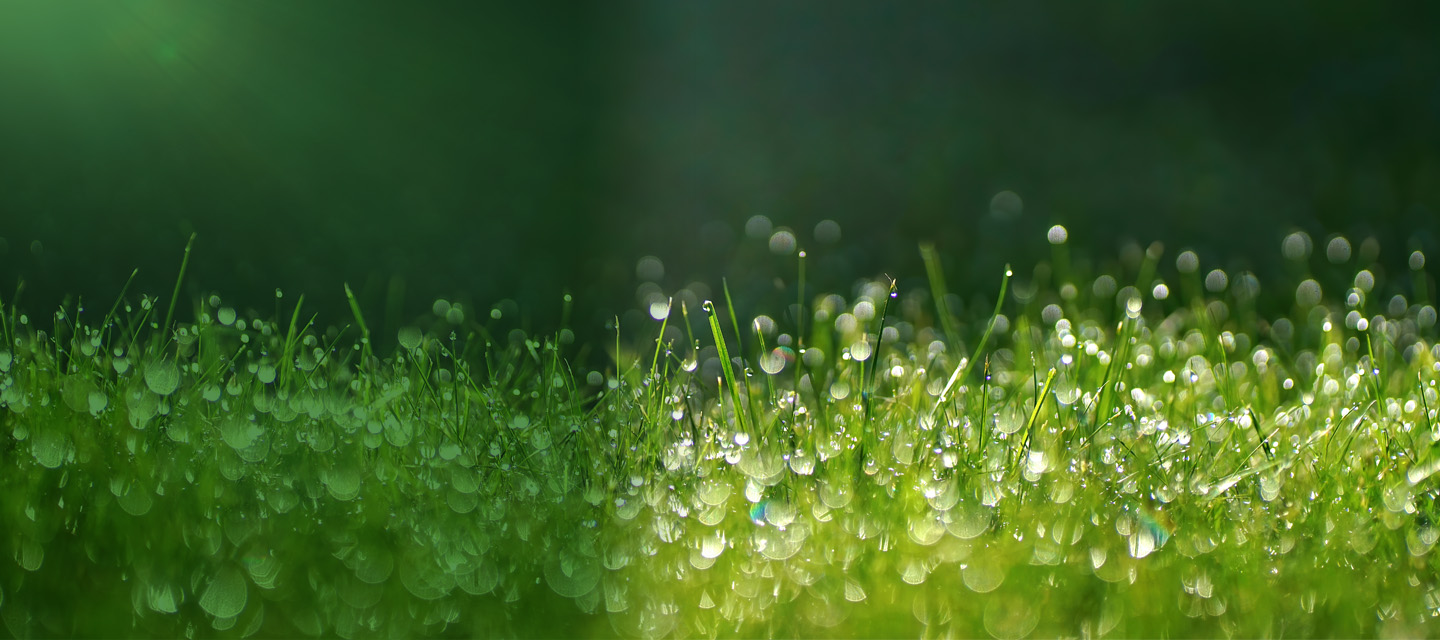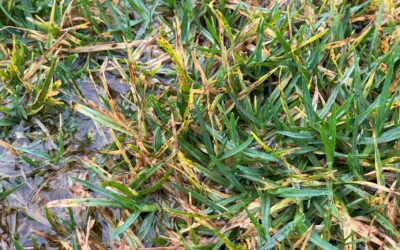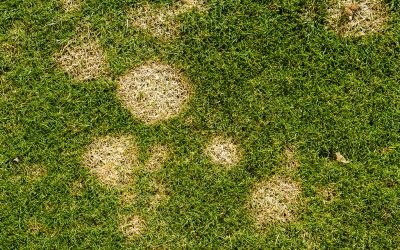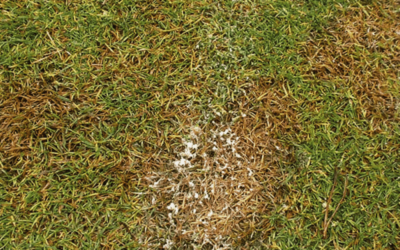Well, La Nina means little girl in Spanish… But it’s also a term used for ‘a cold event’. During La Nina events, equatorial trade winds become stronger, which changes ocean surface currents, and draws cooler water up to the surface from the deep. The central and eastern Pacific Ocean sustains cooler water, whilst the enhanced trade winds force the warmer surface waters down the western Pacific and to the north of Australia. This warming of ocean temperatures in the western pacific means that the area is favorable for cloud development, rising air and rainfall, precisely what we are experiencing along the eastern coast of Australia – funny that!
So, with all this rainfall happening, how does it impact your lawn?
Well, this is a bit awkward really. In Australia we are usually praying for rainfall to help our lawns, but in this case it really is to much of a good thing being be bad for you.
So let’s break it down into 2 categories, basically above and below the ground.
Leaf/crown issues (above ground)
Thanks to an increase in leaf wetness, from both regular rain as well as poor drying conditions, this makes your lawn significantly more susceptible to leaf spot diseases like Dreschlera, Bipolaris and Dollar spot. If the wet leaves aren’t bad enough the humidity in and around the leaf make conditions extremely favourable for disease development.
Soil issues (below, obviously..)
So many things happen in the soil as a result of rainfall. While we all know a little will improve your lawn, a lot can have disastrous consequences.
Firstly, the water helps smaller particles in your soil move through and fill into pore spaces, resulting in a more compacted soil. Don’t even get us started on what happens when you drive on a wet lawn, just don’t do it!
Secondly, the water enters the soil and starts to fill up all the available pore spaces. In a healthy soil these spaces are usually a mix of water and oxygen but when the soil is waterlogged there’s no room for oxygen. The roots don’t like this (who likes not being able to breathe?) and this puts the plant under serious stress. Again, a precursor to disease.
Thirdly, nutrients are stripped from the soil, nutrients which are readily available when dissolved in water are quick to be leached (removed) from the soil. These then enter stormwater and create algal blooms in downstream waterways. So, the practice of fertilising before heavy rain is a definite no from us.
Fourthly, cloud cover. While we will get some warm days the amount of cloud cover is seriouslygoing to impact the amount of sun your lawn gets. It’s not as bad as growing in shade, but it’s certainly not getting its full daily dose. You will notice the more sun loving grasses like Couch not as strong this season.
And lastly, water moving across the surface is likely to bring weed seed from neighbours with a little less diligence when caring for their lawn.
Okay right, so we have a serious problem here, what can I do to help my lawn?
The first and easiest thing you can do is nothing. Yes, nothing. Leave the lawn to drain naturally, and keep off it, stopping traffic on the lawn will minimise the soil compaction that occurs. If this isn’t possible and compaction has occurred, then you may need to aerate the lawn.
Secondly, aerate. Putting some holes into your lawn is vital for maintaining that soil oxygen. This will help with drainage but also create more pore space for the roots to breathe once water has been released. This will help remove the major stress on the lawn.
Thirdly, monitor for lawn diseases. Look for spots on the leaves as leaf spot diseases and dollar spot are the most common diseases after heavy rainfall. Both are indicators of the need to adjust your fertiliser program. If disease starts to kill the lawn then you may need to contact our lawn genius for identification and proper solution.
Fourthly, monitor for plant health, have the nutrients been leached from the soil and the colour gone out of your lawn? If it has, then a good feed of Lawnganics Nourish is what we recommend. It keeps the lawn ticking over but it’s slow-release organic formulation will reduce the risk of disease versus conventional fertilisers.
Lastly, once the lawn is completely dry, it’s now time to mow. Always resist the urge to mow wet grass, as this will be more harmful than helpful, not only for your lawn but for your mower too. Make sure your blades are sharp, we want nice clean surgical cuts that won’t get infected with disease.
So in summary
Mow while dry with sharp blades
Aerate if soil is waterlogged or heavy rain periods expected
Monitor for disease, ask for help advice spraying fungicides
Avoid fast release fertilisers, use the Lawnganics range or LawnPlay All Rounder
Don’t fertilise prior to rain
As always, if you’re looking for advice, simply contact the Lawn genius, he’s here to help.




